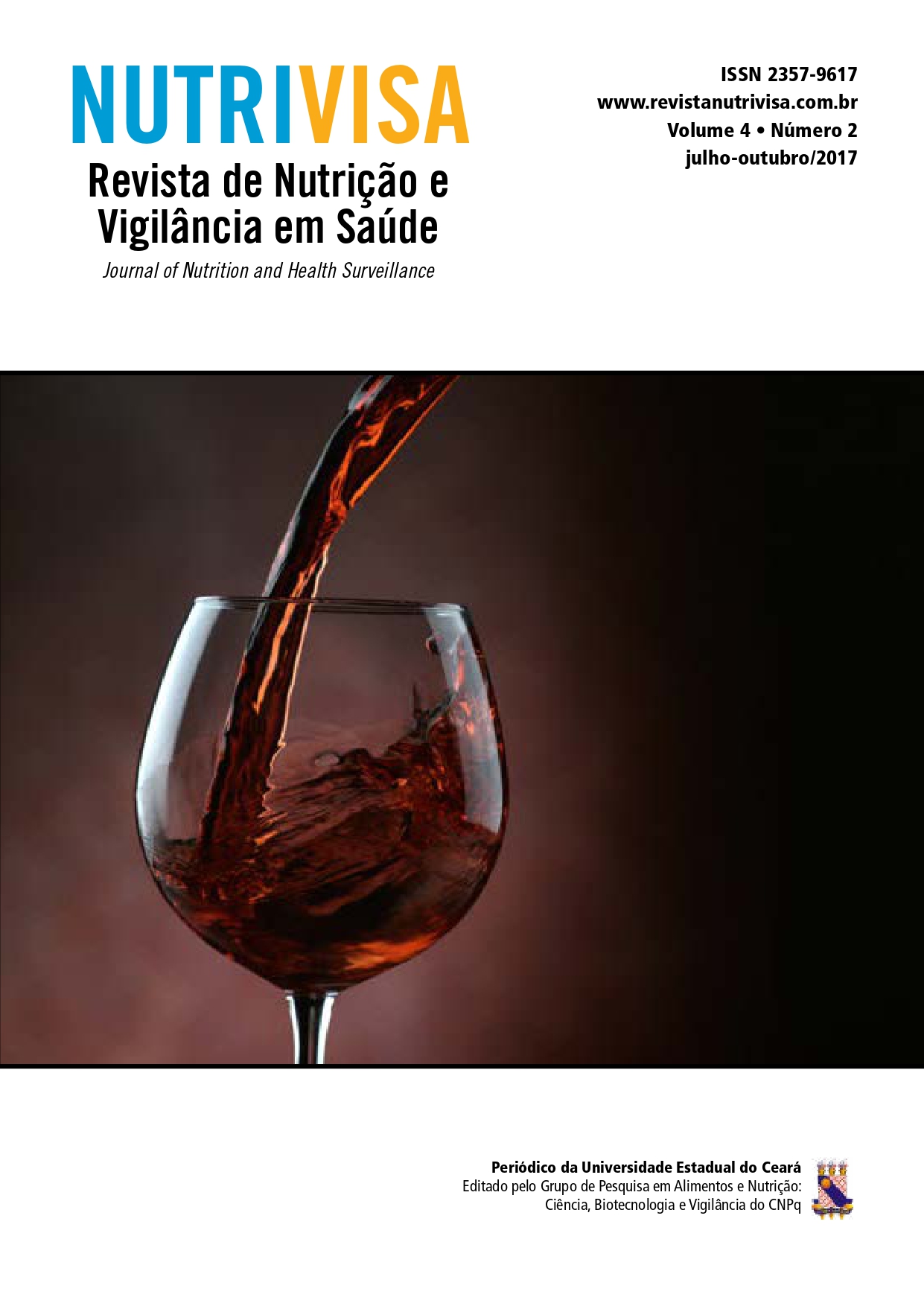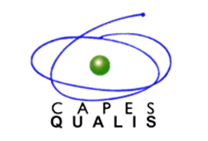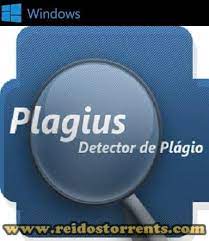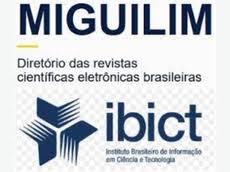Sensory analysis of brazilian wine of casta Marcelan by scientific methods
DOI:
https://doi.org/10.59171/nutrivisa-2017v4e9020Keywords:
Sensory Profile, Quantitative descriptive analysis, Terroir, MarselanAbstract
Sensory analysis is an important tool for determining the color, aroma and taste characteristics of wines. Depending on the objective, if qualification of the wine during production, verification of consumer acceptance or evaluation in competitions, different methodologies are used. The present integrative review had the objective of investigating, in the scientific literature, the methodologies used for the sensorial analysis of Brazilian wines of the Marselan variety. Of the twenty articles found in the search, only three met the inclusion criteria. The researches were carried out with wines from different microregions of the South of Brazil and all used the methodology of quantitative descriptive analysis for sensorial evaluation of wines. The results showed that wines produced with this grape variety have intrinsic characteristics of violet color; aromas of red fruits, sugary and woody notes; light tannins; medium body, good acidity and average alcohol content. Analyzed in sets, the results consistently revealed marked differences in the color attribute relating it to terroir. Such a conclusion was not contemplated by any individual study but provided by the joint analysis of the results, which is the main contribution of this work.
References
AMERINE, M.A.; ROESSLER, E.B.; FILIPPELO, F. Modern sensory methods of evaluating wine. Journal of Agricultural Science, v. 28, n. 18, 1959.
ARENHART, M. Caracterização físico – química, fenólica e sensorial da cv. marselan de diferentes regiões do Rio Grande do Sul. 2015. 96f. Dissertação (Mestrado) – Universidade Federal de Santa Maria – Rio Grande do Sul, 2015.
BEHRENS, J.H.; SILVA, M.A.A.P. Perfil sensorial de vinhos brancos varietais brasileiros através de análise descritiva quantitativa. Food Science and Technology, v. 20, n. 1, p. 60- 67, 2000.
BORGES, E. P. Harmonização: o livro definitivo do casamento do vinho e comida. ed. X. Rio de janeiro: Cip
- Brasil, 2007. p. 26-34.
BRASIL. LEI Nº 7.678, de 8 de novembro de 1988. Dispõe sobre a produção, circulação e comercialização do vinho e derivados da uva e do vinho, e dá outras providências. Diário Oficial da República Federativa do Brasil. Disponível em: <http://www.ibravin.org.br/admin/ arquivos/leis/1456249319.pdf>. Acesso em: 17 de abr. de 2018.
BRASIL. Decreto 8.198 de 20 de fevereiro de 2014. Regulamenta a Lei nº 7.678, de 8 de novembro de 1988. Disponível em: <http://www.agricultura.gov.br/assuntos/ vigilancia-agropecuaria/ivegetal/bebidas-arquivos/ decreto-no-8-198-de-20-de-fevereiro-de-2014.pdf/view>. Acesso em: 17 de abr. de 2018.
CALÒ, A.; CERNILLI, D.; LANATI, D.; MARTELLI, G.; SABELLICO, M.; SCIENZA, A.; VACARINI, G. Manual do
Sommelier. São Paulo: Editora Globo, 2004. p. 1118-126.
CLIPET, C. Institut Nacional de la Recherche Agronomique le Marselan: um raisin de cuve fait de ne me pas se presser. Service Presser INRA 2003. Disponível em: <http://presse.inra.fr/ Communiques-de-presse/Le-Marselan-un-raisin-de- cuve-qui-a-bien-fait- de-ne-pas-se-presser>. Acesso em: 20 mar 2018.
CROSSETTI, M. G. O. Revisão integrativa de pesquisa na enfermagem o rigor científico que lhe é exigido [editorial]. Rev Gaúcha Enferm, v. 33, n. 2, p. 8-9, 2012.
DAUCÉ, B.; RIEUNIER, S. Le Marketing sensorial du Point de Vente. Recherche et Applications en Marketing. Res et Appl en Marketing, v. 17, n. 4, 45-65, 2002.
DUTCOSKY, S. D. Análise sensorial de alimentos. 4. ed. rev. e ampl. Curitiba: Champagnat, 2013. 540 p.
DUTCOSKY, S. D. Análise sensorial de alimentos. 20. ed. Curitiba: Champagnat, 1996. p. 7-15.
GARRUTI, R.S. Metodologia na seleção sequencial e não sequencial de provadores para análise sensorial de alimentos e bebidas. 1976. 220f. Tese (Doutorado em Ciências dos Alimentos). Universidade Estadual de Campinas, Campinas, SP, 1976. Disponível em: <http://repositorio.unicamp.br/jspui/bitstream/ REPOSIP/255317/1/Garruti_RuthdosSantos_D. pdf. Acesso em: 13 de set. de 2017.
GAWEL, R.; GODDEN, P. W. Evaluation of the consistency of wine quality assessments from expert wine tasters, Australian Journal of Grape and Wine Research. v. 14. p. 1-8. 2008.
LONA, A. A. Vinhos – Degustação, Elaboração e Serviço. 05 ed. Porto Alegre: Age, 2003. 154 p.
MENDES, K.D.S.; SILVEIRA, R.C.C.P.; GALVÃO, C.M. Integrative literature review: a research method to incorporate evidence in health care and nursing. Texto Contexto Enferm. v. 17, n. 4, , p. 758-64, 2008.
MEILGAARD, M.C.; CIVILLE, G.V.; CARR, B.T. Sensory Evaluation Techniques. 4th ed. Boca Raton: CRC Press. 2006.
MIELE, A.; RIZZON, L. A. Discrimination of brazilian red varietal wines according to their sensory descriptors. Cienc. Agrotec., Lavras, v. 35, n. 6, p. 1172-1177, 2011.
MIELE, A. Técnicas De Análise Sensorial De Vinhos e Espumantes. Embrapa Uva e Vinho, Bento Gonçalves, p 1-6 2006. Disponível em: (http://www.cnpuv.embrapa. br/publica/artigos) http://www.cnpuv.embrapa.br/.
MOTA, R.V.D.; AMORIM, A.; FÁVERO, A.C.; GLORIA, M.B.A., REGINA, M.A. Caracterização físico-química e aminas bioativas em vinhos da cv. Syrah I – Efeito do ciclo de produção. Ciênc. Tecnol. Aliment., Campinas, v. 29, n. 2 p. 380-385, 2009.
MULLER, R. E. Potencial enológico de novas variedades cultivadas na campanha gaúcha. 2016. 73f. Dissertação (Mestrado) – Universidade Federal do rio Grande do Sul – Porto Alegre, 2016.
MURRAY, J.M.; DELAHUNTY, C.M.; BAXTER, I.A. Descriptive sensory analysis: past, present and future. Food Research International, v. 34, p. 461-471, 2001.
PARR, W. V.; HEATHERBELL, D. WHITE, K. G. Demystifying Wine Expertise: Olfactory Threshold, Perceptual Skill and Semantic Memory in Expert and Novice Wine Judges. Chem. Senses. v. 27. 747-755, 2002.
RABACCHINO, R. Manual didático para sommelier internacional. Ed 1. Caxias do sul: Educs, 2008. p 12-35.
RABELO, S.C.V.; BRAGA, C. J.M. Nada Convencional Porém Sensacional, Harmonização de Vinhos Brasileiros e Gastronomia Regional. Vinus Brasilis, Brasilia, n 5, p.78- 82, 2017.
RIZZON, L. A. Metodologia para análise de vinho. Ed 1. Brasilia: Embrapa, - Mapa, 2010 p. 9 -13.
SILVA, R.; LAGO-VANZELA, E. S.; BAFFI, M. A. Uvas e Vinhos: Química, Bioquímica, Microbiologia. São Paulo: Editora Unesp, 2015. p. 39-81.
SOUZA, M.T.; SILVA, M.D., CARVALHO, R. Revisão integrativa: o que é e como fazer ?. EINSTEIN, v. 8, n. 1( Pt 1), p. 102-106, 2010.
SOUZA, J.L. Pré-colheita de uvas na Serra Gaúcha(Cooperativa Vinícola Aurora de Bento Gonçalves/RS) e Legislação de bebidas derivadas da uva e do vinho no MAPA-SC. 2013. 52f. Relatório de Estágio de Conclusão de Curso – Universidade Federal de Santa Catarina Florianópoles-Santa Catarina, 2013.
STONE, H.; SIDEL, J.L.; OLIVER, S.; WOOLSEY, A.; SINGLETON, R.C. Sensory evaluation by Quantitative Descriptive Analysis. Food Technology, v. 28, n. 11, p. 24-33, 1974.
STONE, H.; SIDEL, J.L. Sensory evaluation practices. (4th. ed.) New York: Academic. 2012.
Downloads
Published
How to Cite
Issue
Section
License
Copyright (c) 2017 Silvia Cátia Vasconcelos Rabelo, Catarina Joelma Magalhães Braga

This work is licensed under a Creative Commons Attribution 4.0 International License.














